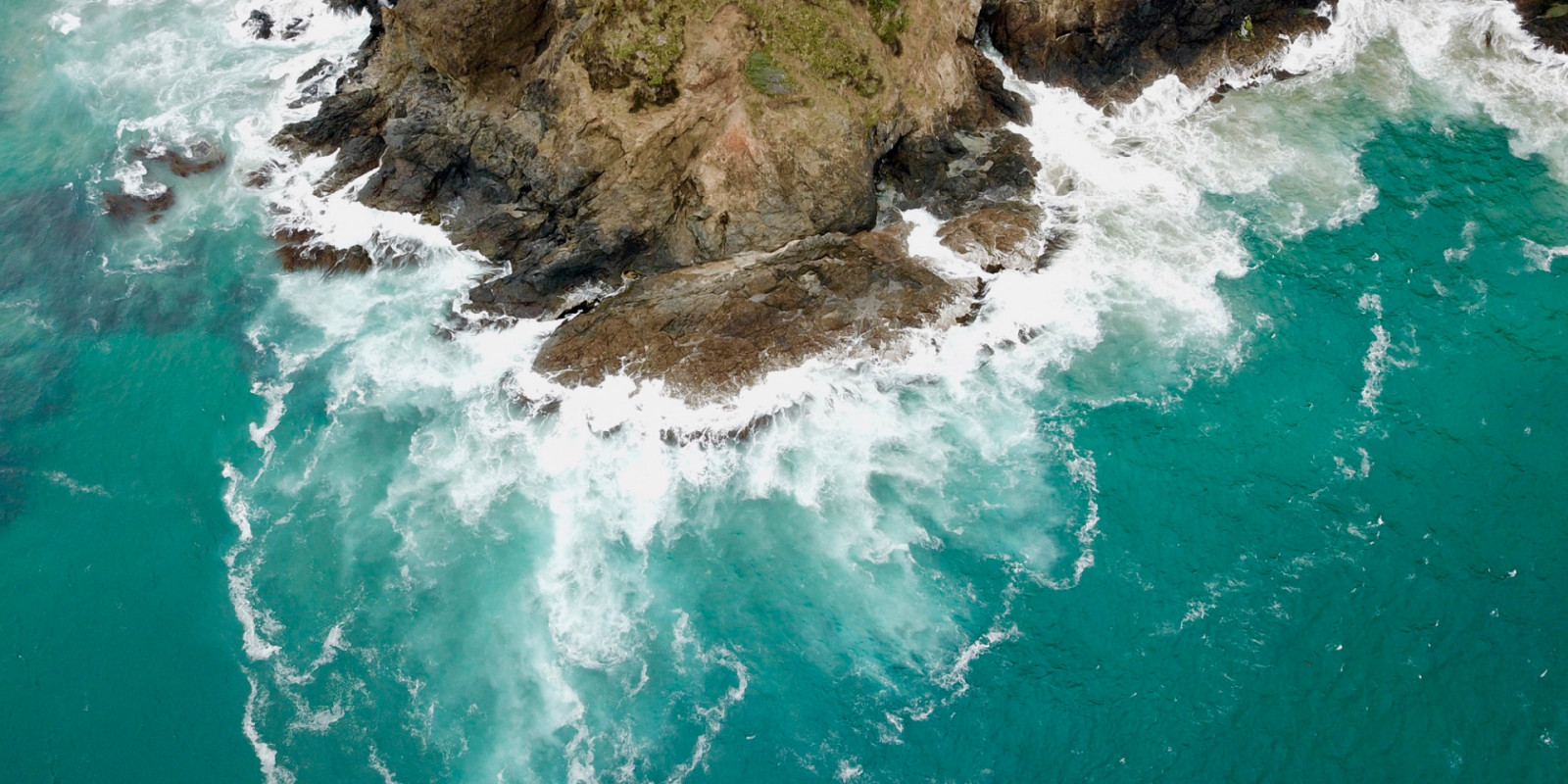- Academic publication
Structure of infaunal communities in New Zealand submarine canyons is linked to origins of sediment organic matter
Leduc D, Nodder SD, Rowden AA, Gibbs M, Berkenbusch K, Wood A, De Leo F, Smith C, Brown J, Bury SJ and Pallentin A (2020)
Limnology and Oceanography
Highlights
- This project investigated links between variability in organic matter availability from land and marine sources and infauna communities in two contrasting submarine canyon systems off the South Island of New Zealand: Kaikōura and Hokitika
- Kaikōura Canyon, one of the most productive deep sea habitats in the world, is a steep, short canyon close to the shore. It was characterised by high food availability and varying proportions of marine‐ and land‐derived organic matter
- Hokitika Canyon, which has low productivity, is a narrow and lower‐gradient canyon that extends further from the coast. It was characterised by low food availability and mostly land‐derived sediment organic matter throughout
- Contributions of land-derived organic matter in the Kaikōura and Hokitika canyons differ
- Hokitika Canyon is more efficient at transferring land-derived organic matter to the deep sea than Kaikōura Canyon
- Likely a result of greater river suspended sediment yields on the West Coast
Keywords
land-sea connectivity, deep sea, submarine canyons,
